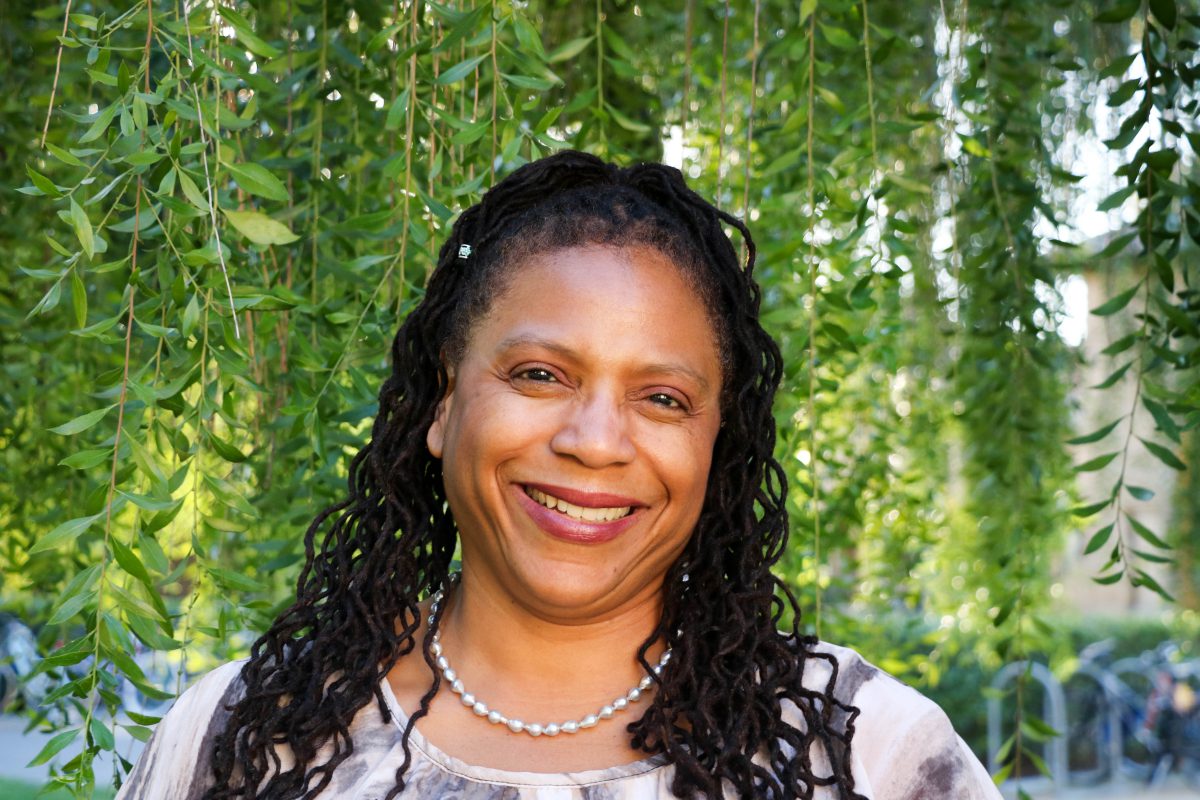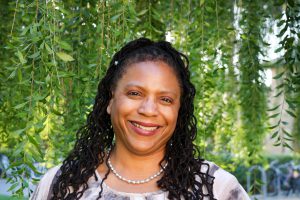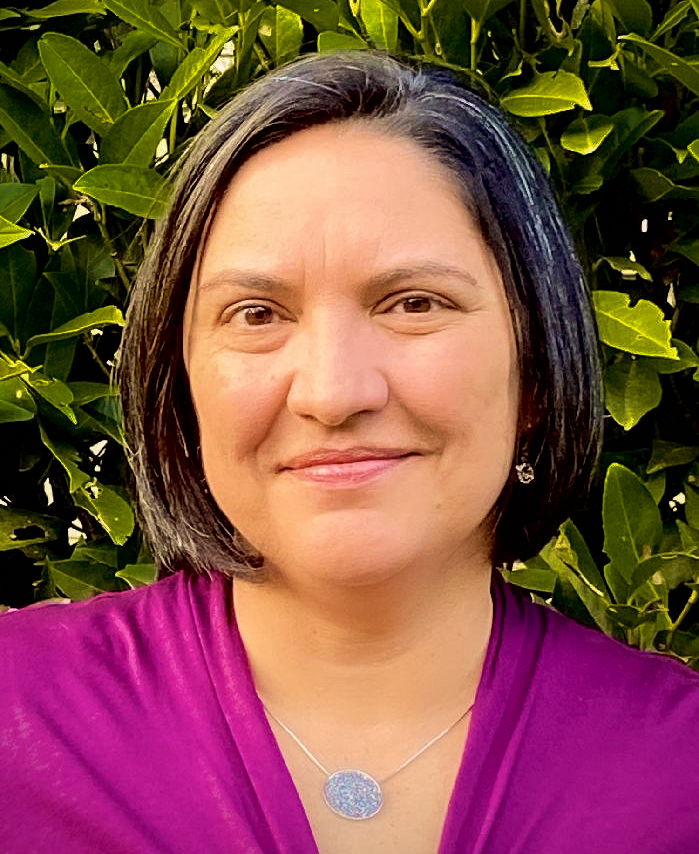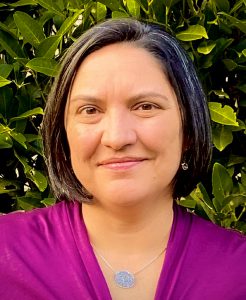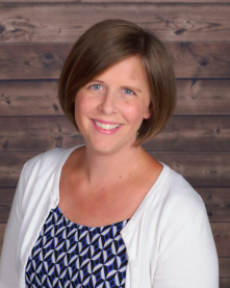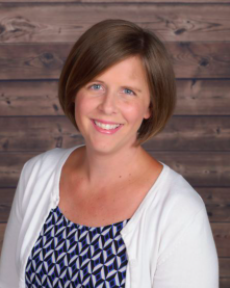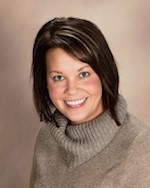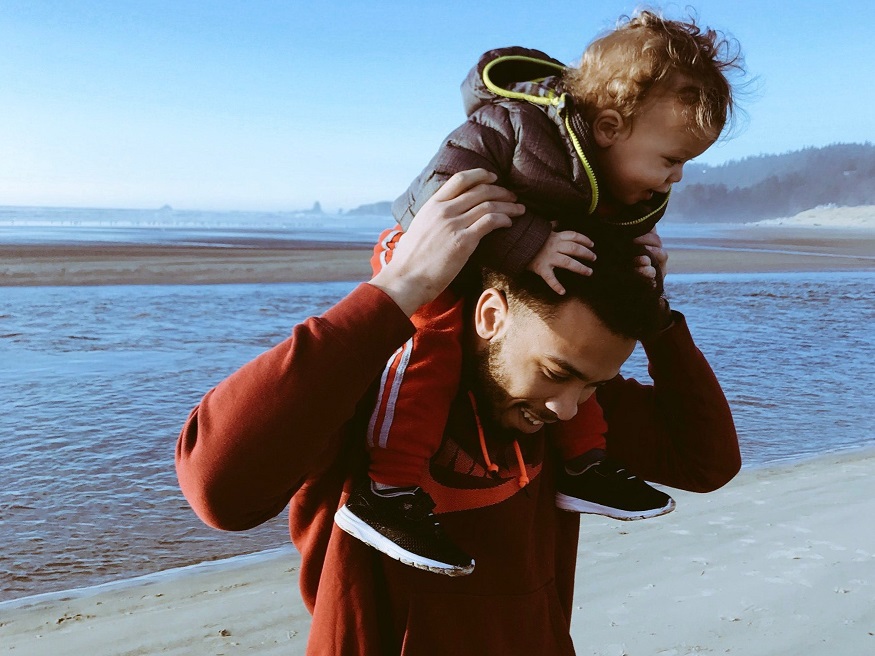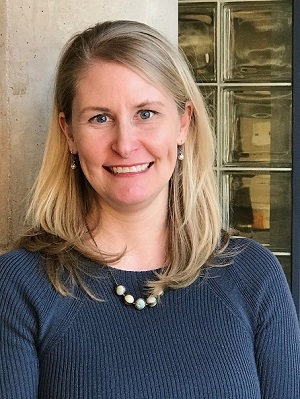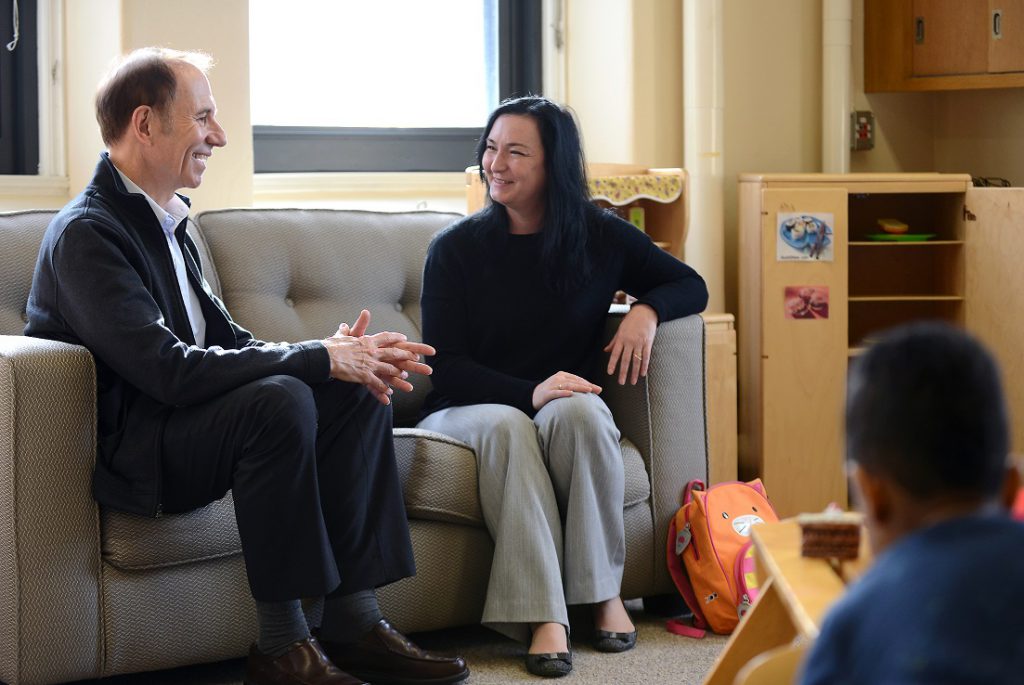Angela Klinefelter, MS, LMFT, IMH-E (III), is an infant mental health specialist and licensed teacher of parents and children. She provides parent education and home visiting for the St. Cloud School District Early Childhood Family Education Program. She also provides reflective consultation and training across Minnesota, specializing in the areas of social-emotional development of young children, the enhancement of parent-child relationships, and working with parents. In addition to teaching our online course on Working with Parents: Using Infant Mental Health Principles to Support Special Populations, Klinefelter authored the self-study module The Domino Effect: Parallel Process in Reflective Supervision.
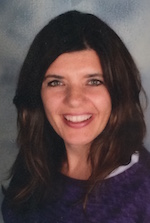
Who would benefit from enrolling in this module?
Angela Klinefelter: Anybody who works with children and families can benefit from this module. The module was created with the early learning field in mind, but the content is also relevant for people who work with older children. In fact, I’d argue that it’s relevant for everyone at some level. Most concepts in infant and early childhood mental health provide opportunities for us to think more broadly about perspectives from all points of view, including our own. This is done while holding relationships in mind. This reflective lens is applicable to all relationships.
What does it mean to have a reflective lens?
Having a reflective lens is about being thoughtful, mindful, and intentional. It’s a way to transform the ways in which professionals view, wonder about, consider, understand, and respond to the families in which they serve. It’s the idea that we attend to all of the relationships within the family.
We need to feel safe to regulate our body and emotions. When parents are feeling safe and regulated, they have increased capacity to build relationships with providers. These relationships then give parents the opportunity to be reflective about parenting and their child.
Infant mental health consultant Michelle Fallon created the “perspective pyramid.” The pyramid is a visual metaphor that helps us understand the true complexity of a system of relationships. Each corner of the pyramid represents a person within a system of relationships.
As an example, let’s say a home visitor is working with a family where a five-year-old child is having tantrums. Using their reflective lens, the home visitor considers: “What does this situation look like through Mom’s lens? What does it look like through Dad’s lens? What does it look like to the five-year-old?” If we can have a conversation with all of the people in the perspective pyramid that takes into account their different viewpoints, we can bring everyone back to a space where we can consider what is best for the family. The facilitator—in this example, the home visitor—pulls all the different perspectives together using their infant mental health knowledge and their relationship with the parent or caregiver.
This brings us back to the concept of parallel process that we delve into in this module. If the home visitor makes the parent feel heard, then the parent in turn has greater capacity to listen to the child. And what gives the home visitor the capacity to listen and consider all perspectives? The relationship with a reflective supervisor. The supervisor creates safety and regulation in order to help the home visitor understand their own feelings so that they have the capacity to work with the family.
What drew you to reflective work in the infant and early childhood mental health field?
After graduating from college with my degree in education, I was licensed to teach Kindergarten through 6th grade. Although I’ve always been drawn to working with very young children, I was fortunate to begin my career in a combined 5th–6th grade classroom. That was also the year when my husband’s brother, who was a police officer, was killed in the line of duty. Our family tragedy occurred in January, five short months after beginning my new career. Through the chaos of that experience and the challenges of my first year of teaching, there was a student who stood out.
With only a few days to prepare for my new job, several team members warned me about a student that would be in my class. Because of team members’ previous experiences, this student was expected to present multiple challenges. He proved to be just the opposite. He was the student who taught me that everyone deserves a chance to change their story.
Our relationship began as I threw this student’s very large behavior report file from the previous year in the garbage, right in front of him. I wish I could say that I was being relationally intentional. The truth was that I had not had time to sort through the previous teacher’s files. The student responded with the following: “Thank you for saving my dignity.” Then he returned to his seat. That was the moment I realized I had much more to learn about understanding people than I had ever imagined. He made me think so much more deeply about relationships. I will forever be grateful he was in my class.
Relationships are my passion. Reflective practice promotes relationships. This work honors the parents and practitioners who are doing their best with what they have to improve outcomes for their families and communities. People need a sense of felt safety, more understanding, and a place for their struggles to be held by another without judgment. It just helps. Don’t we all want stronger families? They make the world a better place.
What’s the top takeaway that you hope students come away with from your module?
Understanding the parallel process is a way to increase your capacity so that you are able to continue the emotionally charged job of working with families. Because we are human, our hot buttons get pushed. Our buttons might have to do with the cleanliness of a home, a yelling parent, or an inability to nurture a young child. We may remain stuck and unable to see the parent through a different lens. Our reaction may project judgment for reasons that make sense. The parallel process reminds us that in order to strengthen the parent-child relationship, we also must consider our relationship with the parent. By doing that, we reach the child. Embracing reflective practice provides an opportunity for professionals to regulate around experiences with families—and perhaps, to reignite your sense of passion and purpose.


